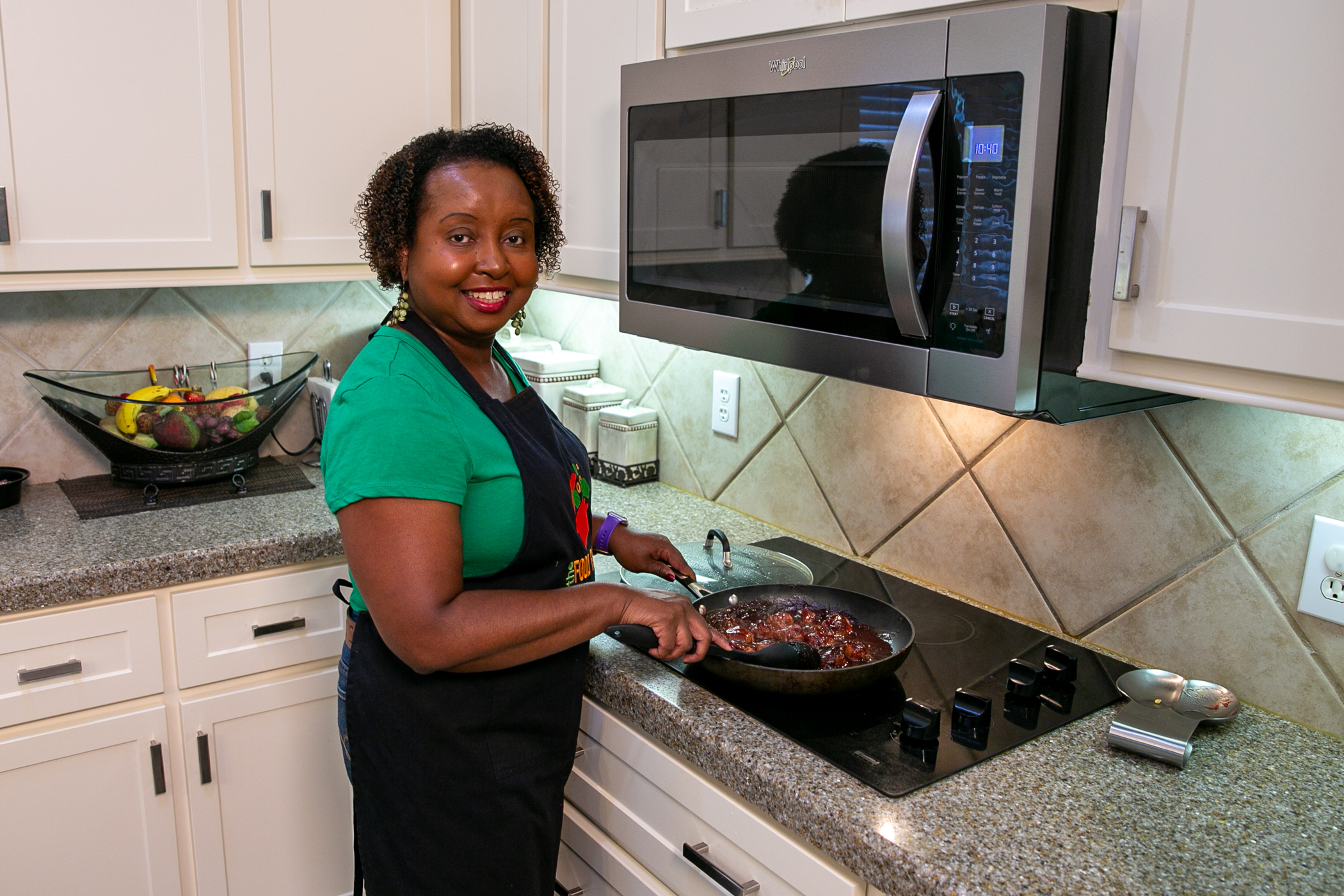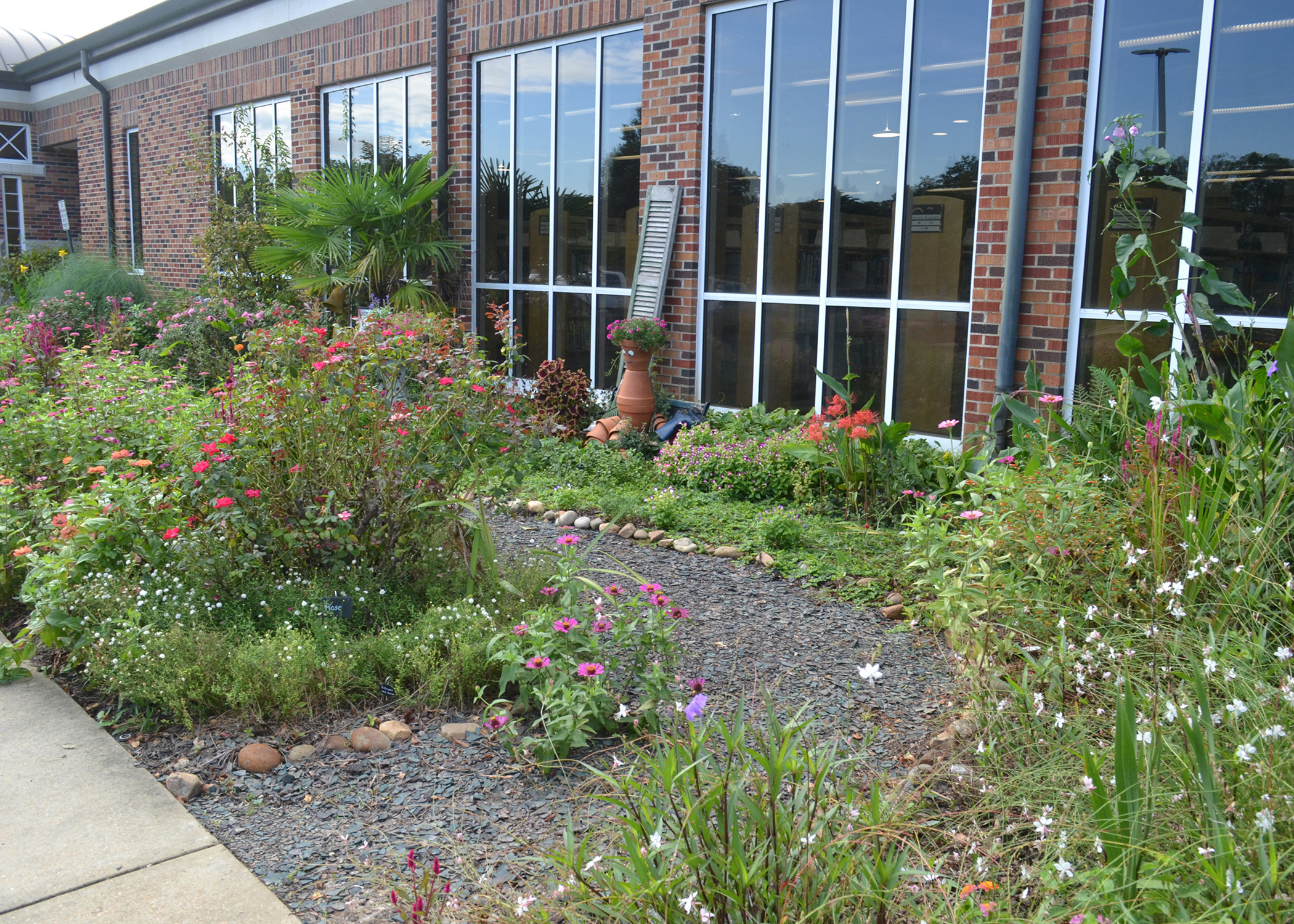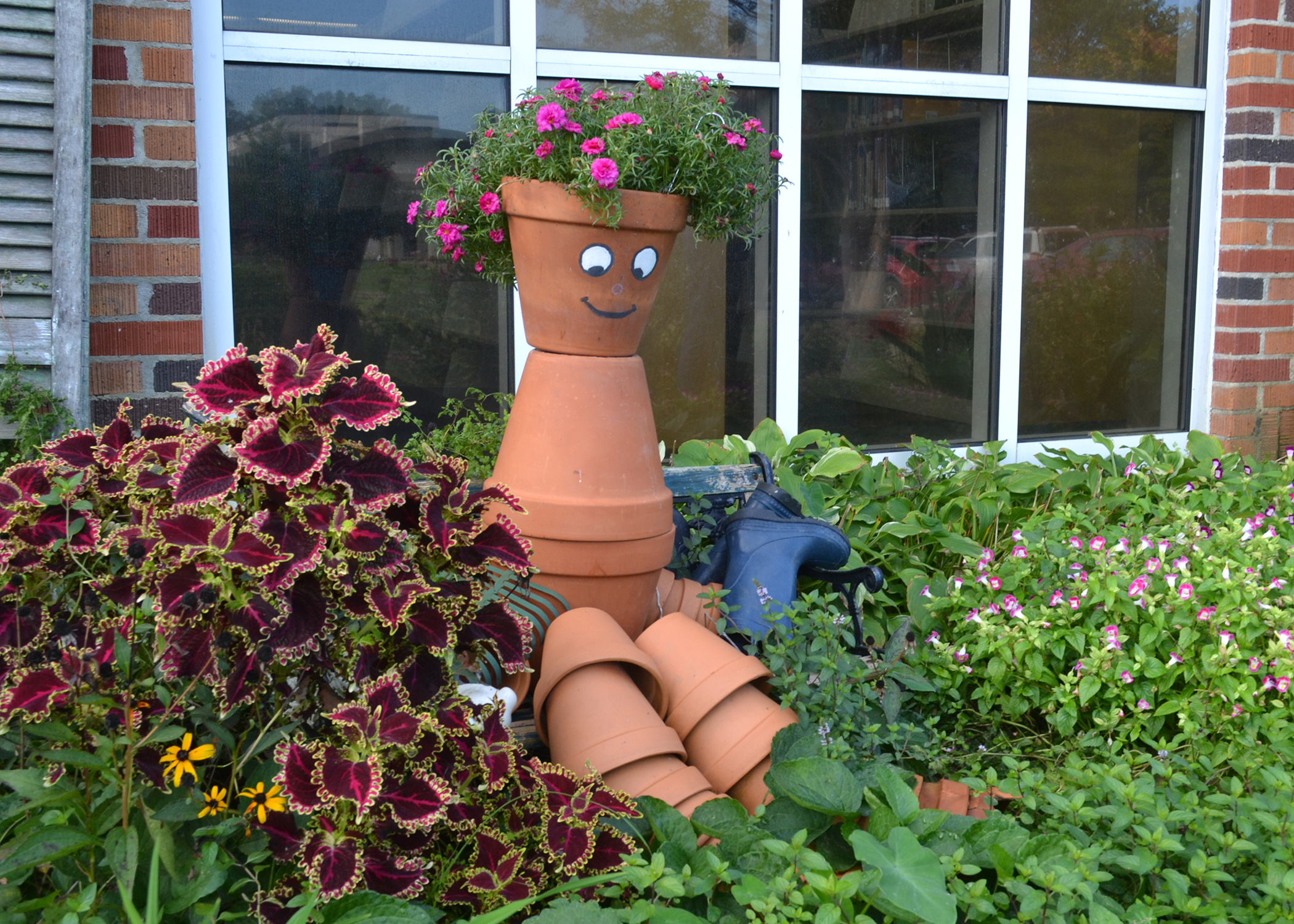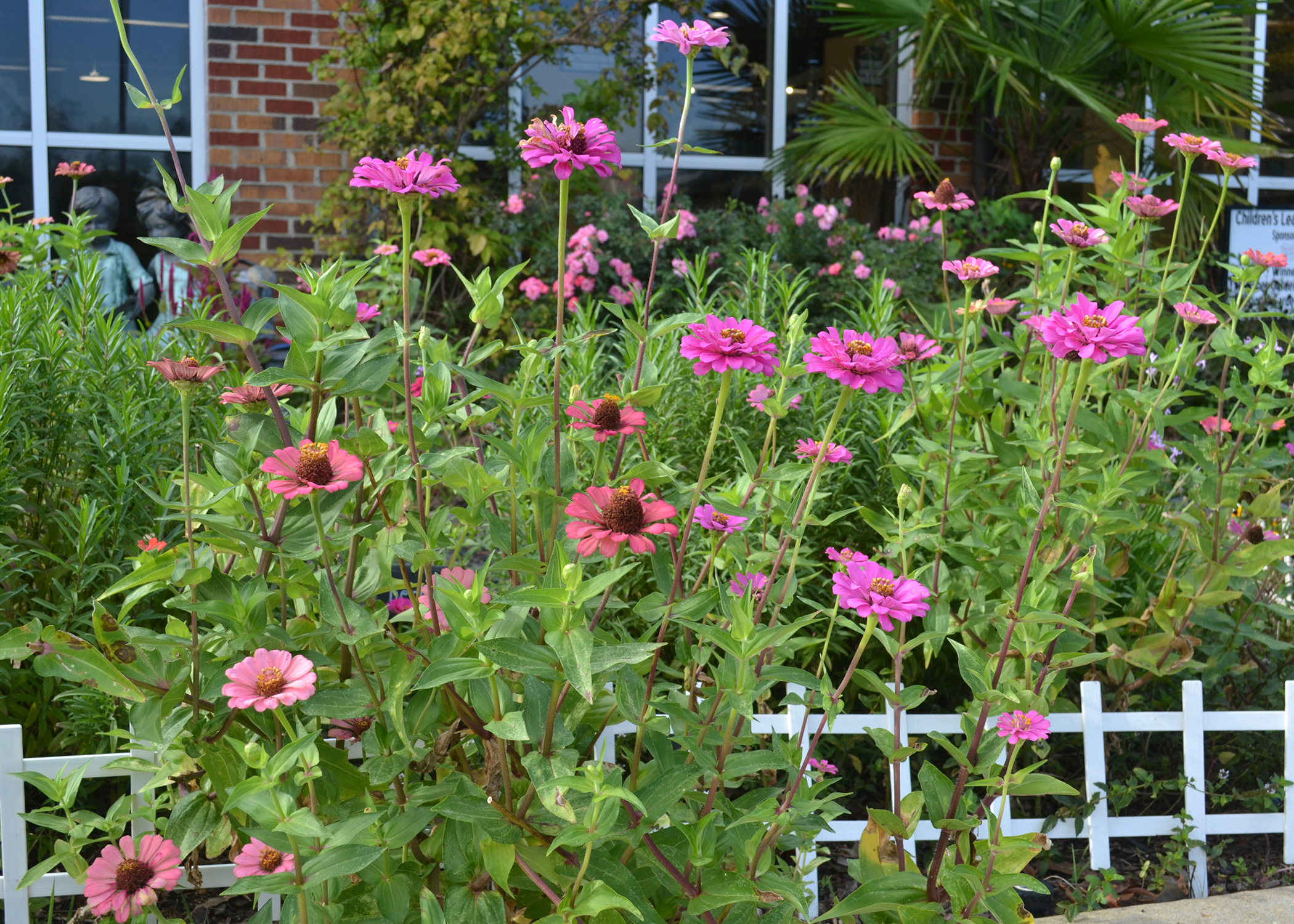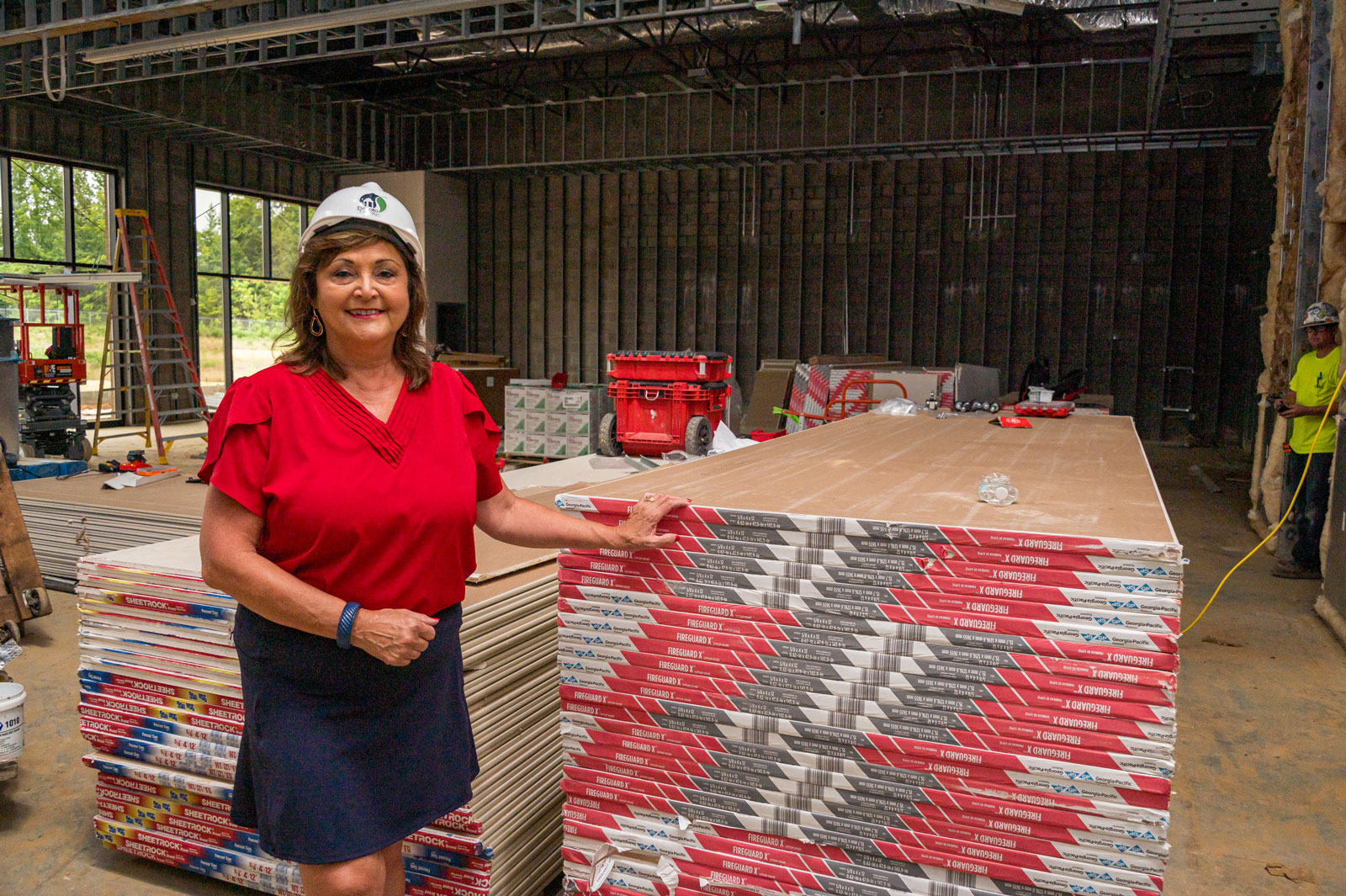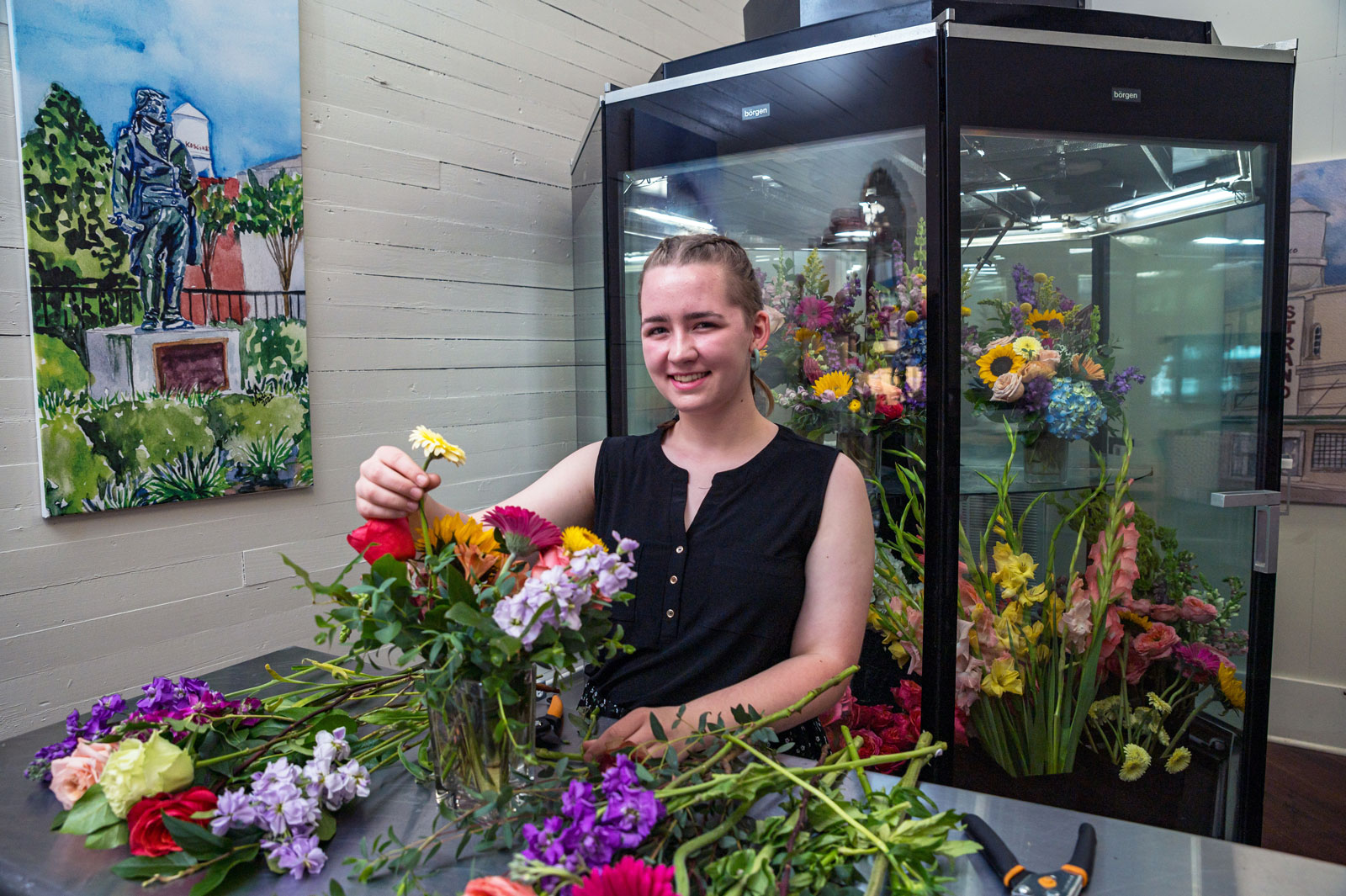The Food Factor crew loved these Cranberry Turkey Meatballs! Try them out for yourself. We think you'll love them too!
Check out these facts about electric pressure cookers and get some tips on how to use these popular countertop appliances.
Children’s learning gardens are a wonderful way to educate young people about plants. They are designed as places for young children to use their imaginations to relate to their surroundings, explore, touch and play as they develop an affection for the natural world. A few weeks ago, I had the pleasure of visiting the Pearl Public Library Children’s Learning Garden in Pearl, Mississippi.
Junior 4-H’ers, ages 8–13, and Cloverbuds, ages 5–7, with a passion for STEAM—science, technology, engineering, art, and mathematics—gathered at Mississippi State University in late June for 4-H STEAM Day.
Kristen Brock is always looking for ways to grow in her career and learn more about Mississippi’s tourism industry.
Originally from Leflore County, Samuel Baker and his family reside in Kuwait. Baker is pursuing his doctoral degree in education while teaching fifth-grade science abroad. He credits the 4-H youth development program delivered by the Mississippi State University Extension Service as one of the greatest experiences of his youth.
Many Clay Countians know Art Sanders as the man who brought an abandoned pecan orchard back to life.
The DeSoto County Board of Supervisors, led by Board President Lee Caldwell and Vice President Jessie Medlin, is developing a site to house the DeSoto County Agri-Education Center and Arena.
Maggie Jo Phillips participates in Attala County 4-H, and she’s taking advantage of it to figure out just where she belongs.
October is National Seafood Month! Mississippi is proud to have a vibrant costal community supported by the seafood industry.

